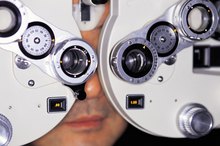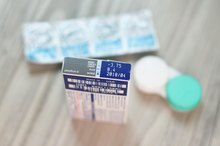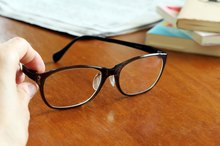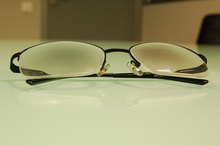How to Use a Snellen Chart
The Snellen chart, more commonly called an eye chart, is a common tool used by eye care professionals, driver's license exam supervisors, or anyone else interested in testing a person's eyesight. Although more advanced and complicated equipment is used in the eye care industry, the Snellen chart, which has been in use since the mid-nineteenth century, remains a cheap, simple, and effective piece of equipment.
If you are experiencing serious medical symptoms, seek emergency treatment immediately.
While only a trained eye care professional can properly diagnose vision disorders, using a Snellen chart either at home or in the workplace is both easy and safe.
Secure the Snellen chart to a flat surface in a well-lit room. The chart should be at a comfortable height, which may change depending on the individual's height.
How to Identify Eye Grade
Learn More
Measure twenty feet from the chart and mark a spot facing the chart directly. (The test results will only be accurate if it is taken from this distance.)
Stand at the twenty foot line and cover your left eye, so you can only see out of your right eye. Starting from the top, read each row from left to right for as far down as you can still make out the letters. Note the last line on which you could correctly identify every letter. Have an assistant verify that you are reading the letters correctly.
20/70 Eye Exam Results
Learn More
Repeat the test with your left eye, covering your right eye this time. Note the last row you could read with complete accuracy. The row for each eye will not necessarily be the same.
Take note of the fraction shown to the left of each row: It identifies how your vision rates. For example, if you could read to the fifth line, you have 20/40 vision; if you could read to the seventh line, you have 20/25 vision.
Look at your results to determine the quality of your eyesight. For example, someone with 20/60 vision can read at 20 feet away what a person with normal vision could read at 60 feet away. In the United States, a score of 20/40 or better is required to drive a car without corrective lenses, vision of 20/200 or worse qualifies an individual as legally blind.
Warnings
While invaluable for determining nearsightedness, the Snellen chart does not identify a number of other vision disorders.
Home use of a Snellen chart is not a replacement for professional vision testing.
Related Articles
References
Warnings
- While invaluable for determining nearsightedness, the Snellen chart does not identify a number of other vision disorders. Home use of a Snellen chart is not a replacement for professional vision testing.
Writer Bio
Paul Betters is a freelance writer who is currently working out of Providence, R.I. He has a B.A. in English from the University of Rhode Island and has been writing instructional articles since April of 2009, specializing in technology.









